A biweekly newsletter with public space news, resources, and opportunities.
A curated dispatch on all things public markets plus the latest announcements from the Market Cities Program.
Please note that these Hall of Shame nominations were written in a moment in time (most over a decade ago) and likely have since changed or even been transformed. If the above entry is now great, or still not so great, go ahead and comment below on how it has evolved or nominate it as a great place.

An organic children's garden that is the focus of local community pride.

The High Park Children's Garden is organic and alive with fruits, vegetables, culinary and medicinal herbs, birds, insects, wildlife, program participants, volunteers and park visitors. The garden has become a model for "gardens as habitats," revitalization of park spaces and linking parks with communities. The site is approximately _ of an acre, and features colorful raised planters in the shape of 'ABC.' The garden is built on an old asphalt parking lot. The planters are used to plant annual vegetables, herbs, flowers and perennial herbs. A sandbox sits in the lower curve of the 'B,' bordered by a fragrant herb bed and a bench. Adjacent to the planter boxes is a hill featuring a native restoration project coming to life with a mix of Oak Savannah grasses and flowers. Also on the site are a picnic shelter and washroom facilities, two rain barrels, a three-bin composter, three single household composters, a leaf bin, a worm bin, a tool shed, a permanent trellis, and a solar wagon for demonstrating solar power generation. The garden is wheelchair accessible and also features an adjacent large grassy space for activities and play, with picnic tables. Since garden construction and initiation of garden programming, an informal neighborhood and volunteer watch has formed, preventing or minimizing vandalism and damage to the garden. Additionally, members of the High Park Volunteer Stewardship Committee regularly visit the garden to monitor it. The garden started in 1998 as an outcome of the High Park Report findings on safety. The garden was designed to increase public use of the south end of High Park and to diversify its users. Since the garden's installation, foot traffic has visibly increased in the south end of High Park, with many people making the garden a destination. It is now the City of Toronto's busiest children's garden.
The garden is wheelchair accessible around and in between the beds. It can be easily reached via foot, wheelchair (a ramp has been installed), bike or vehicle. There is also nearby transit, within a five-minute walk. The garden space is open, bright and easy to see from the roadside. Colorful signs also help identify the space. Surrounded by wooded areas and a ravine, the garden can be seen as another habitat or ecosystem within the park. Species like the monarch, swallowtail and red admiral butterflies can be regularly spotted along the native wildflowers planted in the beds and the adjacent hillside. Other wildlife, like foxes, coyotes, owls, chipmunks, northern flickers, scarlet tanagers, baltimore orioles and blue jays are regular visitors of the High Park Children's Garden.
The garden makes a very warm and welcoming first impression. The garden appears playful and teeming with life. Seating is available under the picnic shelter on long benches and at picnic tables. There is a bench in front of the sandbox and visitors regularly use the edge of the garden beds to sit down. Picnic tables in the large grassy area are shaded by trees and offer an ideal and sought-after space for weekend picnics. Toronto Parks and Recreation program staff, parks staff, program participants, volunteers and community members work together to maintain the garden. There is generally little or no litter in the space, and all those involved make certain to keep it clean, tidy and inviting. Parks staff are also involved in regular maintenance (i.e. grass cutting, garbage collection) of the area in and around the garden. Program staff clean the site each day. Safety issues have been drastically improved. The parking lot is no longer a location for loitering. It has become an urban respite for city dwellers and park visitors. There are often seniors (of both genders) and families that take advantage of the quiet and peaceful space in the early mornings or evenings, while they sit meditatively on the garden's benches or enjoy reading and storytelling. On weekends, groups of families often come to the picnic tables in the grassy space by the garden.
Nearly most or all of the space is used for children's garden programming. Programs are delivered to school groups (JK to grade 8) at the garden space during the months of May, June, September and October. A summer High Park Eco Camp (ages 6-12), combining nature exploration and organic gardening, enjoys the space in July and August. Additional programming in the garden includes: -Family Garden Drop-ins (ages 3 and up) on Thursday mornings, July and August -Community events featuring food prepared from the garden, children's activities and local artists, July, August, October -Volunteer work parties to help clean and prepare the site, April, May, September -City-wide staff training in local ecology, organic gardening and children's environmental programming, May, June, September Families often use the picnic shelter and grassy space in the spring and summer for birthday parties and picnics. Seniors use the benches overlooking the garden to read and reflect. Parents with children visit the garden beds as they walk through the park. The site is also ideal for groups with special needs. It has been used for garden programs during Access Week, for groups in wheelchairs. Harvests from the garden are used in the Youth Cooking Program, held at a nearby recreation facility. The cooking program teaches youth about organic food and nutrition and functions to prepare large quantities of food which are served at the garden's community events on the following day.
I would certainly meet my friends at the garden. The site has become a hot spot for community gatherings, for both the higher income and low income surrounding neighborhoods. At the Family Garden Drop-in program, parents/guardians exchange stories, ideas, recipes, gardening tips, etc. The garden has also been the focus of many multicultural programs, specifically for Latin American mothers and children and nearby Parkdale multicultural and at-risk children/youth. There have also been ESL programs for new Canadians at the garden. Overall the garden has become the focus of local community pride and a site for meeting and greeting, cross-cultural exchange, learning and play. Program participants often return, bringing their siblings or families, to show them what they have grown.
The High Park Children's Garden offers children and community members a chance to learn about, experience, and enjoy urban ecology and organic gardening. Through hands-on creative programming, children and youth are exposed to Toronto's history, heritage and natural history, food preparation and nutrition, health, drama, art, music, movement, storytelling, and contemporary perspectives on urban environmental issues. The programs also give participants an opportunity to take part in gender neutral, non-competitive activity, while engaging in healthy exercise. Each year, the garden works with an average of 40 community partners/agencies and over 120 volunteers. Extra harvest from the garden not used for programming is donated to local shelters and soup kitchens. Any remaining food from community events is delivered to local shelters.

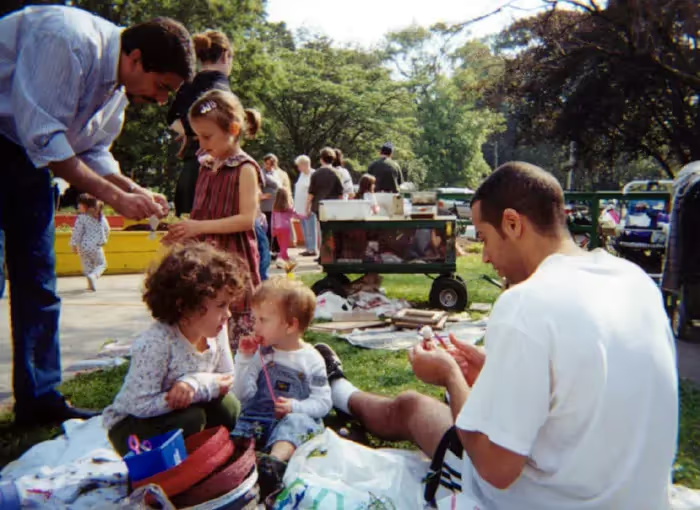
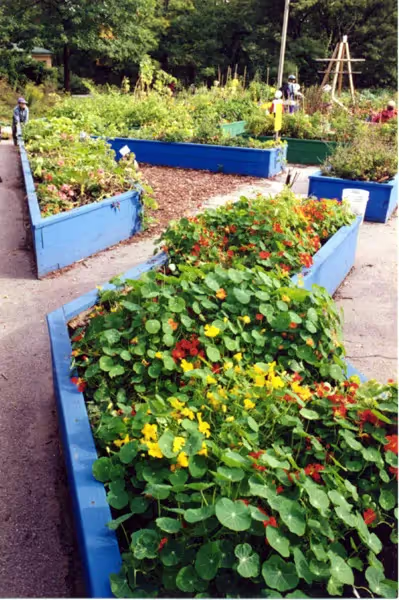
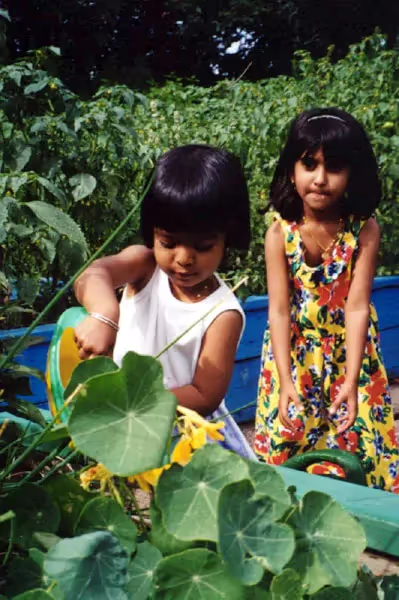

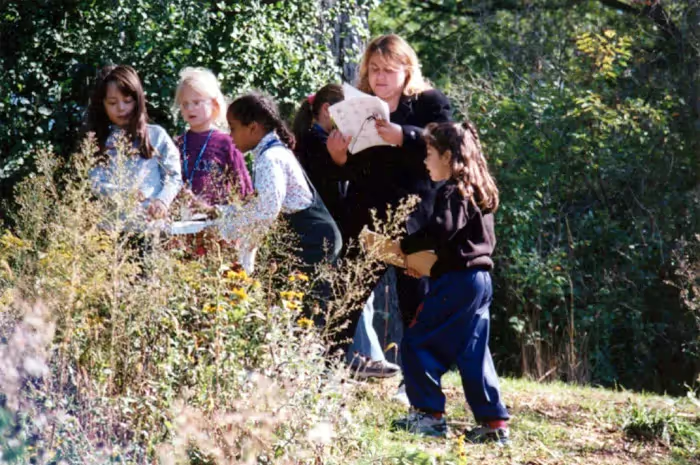
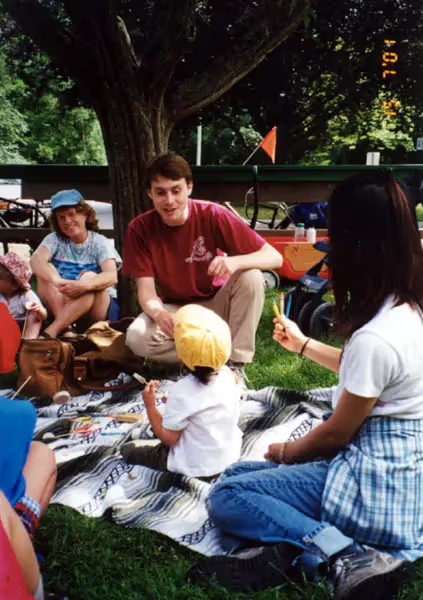
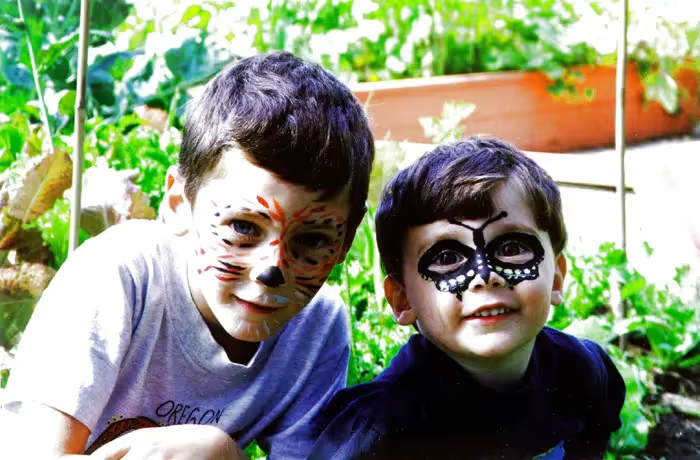
*Please note that these Hall of Shame nominations were written in a moment in time (most over a decade ago) and likely have since changed or even been transformed. If the above entry is now great, or still not so great, go ahead and comment below on how it has evolved or nominate it as a great place.